The gods of Ancient Egypt are definitely fascinating! Famous in their time and worshipped even by some pagan cults today, their powers and complex mythology remain fascinating.
They were taken very seriously by the Ancient Egyptian people, and they definitely had a complicated family life! Civilians chose which gods to favour, and several different cults sprung up.
The facts below might be new to you, or they might be something you knew. Either way, prepare yourself for some pretty fascinating information about the Gods from the Nile civilization and how they operated.
25 Facts about Egyptian Gods and Goddesses
#1 – Animals were critical to Greek religion, and many gods had the aspects of animals in their appearance
The most famous of these are Bast (cats), Anubis (dogs or jackals), and Horus (eagles). However, there were many others.
#2 – The Egyptians had a Satan-like figure in Set
Unlike Hades in Greek myth, Set was genuinely evil in Egyptian mythology. He murdered his brother Osiris out of greed and attempted to murder his nephew, too!
#3 – The Egyptian Gods and Goddesses married their siblings and other family members
Osiris and Isis are the most prominent couple in Egyptian myth. Their brother and sister, Set and Nephthys, were also married. Many Egyptian kings and pharaohs married family members.
#4 – One of the most powerful gods was Thoth, the god of writing
Thoth, who had an ibis head, brought reading and writing to humanity and was the patron of students. This was especially important when many important political roles were chosen by exams! He was also a mediator of the gods.
#5 – Osiris’s death meant he became the new god of the Dead, a force for good who showed people into their next lives
Reincarnation was extremely important to the Egyptians. Isis mummified Osiris just as the Greeks mummified their people to make sure their bodies could pass into their new life.
#6 – Many gods changed roles and combined with other gods as Egyptian politics shifted over dynasties
Most famous is perhaps Amun-Ra, a combination of the supreme city deity Amun and the sun god Ra. Renpet was an aspect of Isis, Sekhmet of Hathor, and sometimes Hathor and Isis as well. There were many other examples of this!
#7 – Greek and Roman gods during the Greco-Roman occupation of Egypt were considered aspects of Egyptian Gods
The table below shows some of the Egyptian deities and the deities who came to be associated with them from Greece and Rome.
| Egyptian | Roman | Greek |
| Amun | Jupiter | Zeus |
| Osiris | Bacchus | Dionysus |
| Isis | Ceres | Demeter and Io |
| Horus | Apollo | Apollo |
| Set and Apophis | Typhon | Typhon |
| Ptah | Vulcan | Hephaestus |
| Bast | Diana | Artemis |
| Neith | Minerva | Athena |
| Hathor | Venus | Aphrodite |
#8 – The first Egyptian god, Atum, was both male and female
Generally referred to as ‘he,’ Atum was born of the primordial waters and the Heliopolitan Ennead’s first god. From his spilled seed came Shu and Tefnut (air and moisture), who then had Geb and Nut (earth and sky). The last coupled to produce Osiris, Isis, Set, and Nephthys.
#9 – Anubis was the god of embalming and funerals, not as the dead
Though he looks kind of spooky in his dog-headed portrayals, Anubis was one of many funerary gods. He helped to protect souls on their way to the next life. He was also fundamental as he was the one who embalmed Osiris before Isis brought her husband back to life.
#10 – Osiris had color-changing skin!
In life, Osiris was a god of vegetation with green skin to represent the earth. After his death, as the god of the dead, his skin turned black. While black is associated with Osiris, red is associated with his evil brother Set.
#11 – Red wine and blood were interchangeable to the Ancient Egyptians and their gods
Since colour was so important, red wine and blood were often used as substitutes for each other. In one story, Sekhmet was not sated until she was tricked into drinking a lot of red wine, ending her murderous rampage. Shesmu was both the god of blood and of wine.
#12 – Snakes could be both good and evil to the Egyptians
They lived in a land full of venomous snakes and so knew to be respectful but wary! The manifestation of evil, Apophis, was a serpent. However, the goddess of flourishing nature, Renenutet, was a cobra goddess.
#13 – There were seven deities of childbirth, each associated with a different part of labor and birth
These gods and goddesses were:
| Deity | Type | Job |
| Bes | Dwarf God | Fighting off evil spirits at labor |
| Hathor | Cow Goddess | Sexuality and mother’s milk |
| Heket | Frog Goddess | Fertility |
| Meskhenet | Goddess emerging from birthing bricks | Creating the ka and giving the first breath |
| Isis | Queen of the Gods | Protecting women and guiding arduous labors |
| Nekhbet | Vulture Goddess | Motherhood |
#14 – The numbers three and seven were essential to the Ancient Egyptians.
Many of the deities were grouped into triads or enneads. These included the Heliopolitan Ennead, the Memphis Triad, and the Ednu Triad. Most god families came in threes.
The number seven was most sacred. Some heptads included the seven Hathors, seven Bas of Ra, seven holy oils, and seven head orifices. Heavenly judges usually came in 42s, a multiple of seven.
#15 – The scarab beetle is sacred because it rolls excrement
The dung beetle or scarab beetle represented Khepri, who rolled the sun across the sky for the first time just as the scarab rolls, well, dung. Khepri later became an aspect of Ra, and his symbol, the scarab, became a popular talisman amongst Ra’s followers.
#16 – Deities changed roles all the time because of the length of the religion’s prominence
For example, Hathor was first Horus’s mother, then his consort, then his mother again, and sometimes both. Gods combined gained new powers and changed. And no wonder – the Ancient Egyptian religion lasted for well over three thousand years in the mainstream!
#17 – Crocodiles weren’t to be messed with
Sobek, the crocodile god, was the god of the Nile! This life-giving river was the key to Egyptian civilization. Worshipping him meant protection from crocodiles. He was generally benevolent, but his hunger sometimes overwhelmed him. He swallowed Osiris’s penis, nearly stopping the god from being reborn!
Meanwhile, the crocodile goddess Ammut would devour the souls of those judged unworthy, so they could never be reincarnated.
#18 – Baboons were seen as forms of dead people, so they had a baboon god.
The deity of the Underworld named Duat was a baboon named Babi. He had a considerable phallus that he used as the mast of a ferry to take souls to the next life. Spells for burial included a prayer to Babi to protect the dead man’s penis so he could copulate in the afterlife.
#19 – Maat, the personification of law and truth, was the first to bring order to the world.
Before Maat, there was only chaos and darkness, inhabited by Apophis, the evil snake god. Maat brought about divine order. It was against her feather that the hearts of the dead were weighed to judge their worthiness for the afterlife.
#20 – Magic was authentic in the Ancient Egyptian religion
Spells were given by the god Thoth (amongst others), and Isis was considered a goddess of magic. The dead were buried with spells, and magic was used to keep scorpions and sickness away.
#21 – The gods could be pulled into submission if you knew their true names
In one myth, Ra was attacked by a snake sent by Isis. Dying, he cried out for help, but none of the gods could do anything. Isis tricked him into giving her his true name so that she could heal him. She did and then was able to increase her own power and become a goddess as a result.
#22 – A ram with four heads and wings was responsible for the cooling north wind
Qebi, the four-headed ram god, was also sometimes shown as a man with four ram heads. He controlled the north winds which originated in Atum’s throat.
#23 – The defeated god Set was associated with pigs
After his loss to his nephew, Horus, Set became a pig. Pigs were regarded with suspicion, and in day-to-day life, swineherds were often left out of important religious ceremonies. If a pig was the only thing you had to offer to the gods, your sacrifice was accepted but not considered particularly worthy.
#24 – Shu was tasked by Ra to keep his children apart – physically
Shu’s children, Nut and Geb, had five children together. However, Ra loved Nut and desired her. When Nut refused him in favor of Geb, Ra instructed their father, Shu, to keep them apart. As the sky, Nut is arched over the world, and Geb, the earth, lies flat. Shu stands between them, holding the sky up with his hands.
#25 – Kings often claimed gods as parents
Queen Hatshepsut actually ruled as a king. Though this title was usually men-only, she claimed that her father was Amun, granting her kingship privileges.
Final Thoughts
We hope you enjoyed this list of fascinating facts about the Egyptian gods and goddesses. The Egyptian pantheon is a thoroughly interesting collection of characters and there is just so much to say on the topic.
If you have any thoughts or comment to add then please let us know below.
Contents
- 25 Facts about Egyptian Gods and Goddesses
- #1 – Animals were critical to Greek religion, and many gods had the aspects of animals in their appearance
- #2 – The Egyptians had a Satan-like figure in Set
- #3 – The Egyptian Gods and Goddesses married their siblings and other family members
- #4 – One of the most powerful gods was Thoth, the god of writing
- #5 – Osiris’s death meant he became the new god of the Dead, a force for good who showed people into their next lives
- #6 – Many gods changed roles and combined with other gods as Egyptian politics shifted over dynasties
- #7 – Greek and Roman gods during the Greco-Roman occupation of Egypt were considered aspects of Egyptian Gods
- #8 – The first Egyptian god, Atum, was both male and female
- #9 – Anubis was the god of embalming and funerals, not as the dead
- #10 – Osiris had color-changing skin!
- #11 – Red wine and blood were interchangeable to the Ancient Egyptians and their gods
- #12 – Snakes could be both good and evil to the Egyptians
- #13 – There were seven deities of childbirth, each associated with a different part of labor and birth
- #14 – The numbers three and seven were essential to the Ancient Egyptians.
- #15 – The scarab beetle is sacred because it rolls excrement
- #16 – Deities changed roles all the time because of the length of the religion’s prominence
- #17 – Crocodiles weren’t to be messed with
- #18 – Baboons were seen as forms of dead people, so they had a baboon god.
- #19 – Maat, the personification of law and truth, was the first to bring order to the world.
- #20 – Magic was authentic in the Ancient Egyptian religion
- #21 – The gods could be pulled into submission if you knew their true names
- #22 – A ram with four heads and wings was responsible for the cooling north wind
- #23 – The defeated god Set was associated with pigs
- #24 – Shu was tasked by Ra to keep his children apart – physically
- #25 – Kings often claimed gods as parents
- Final Thoughts

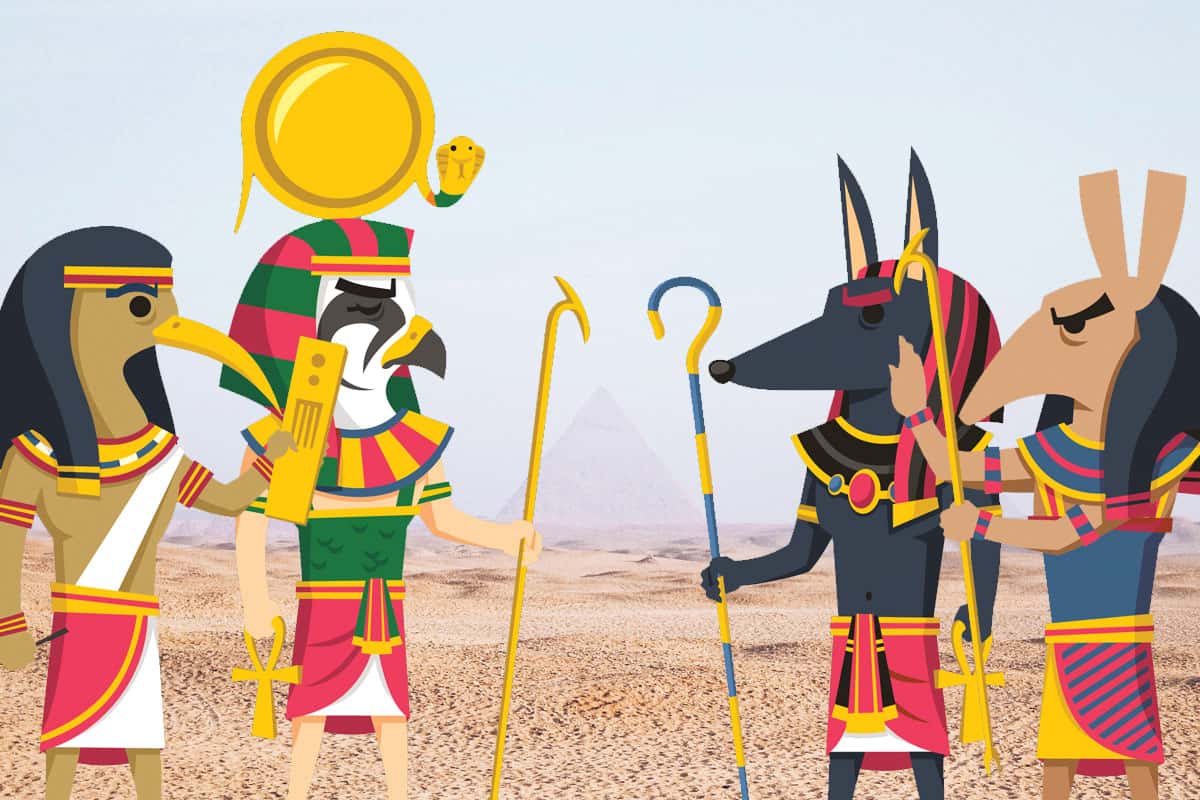
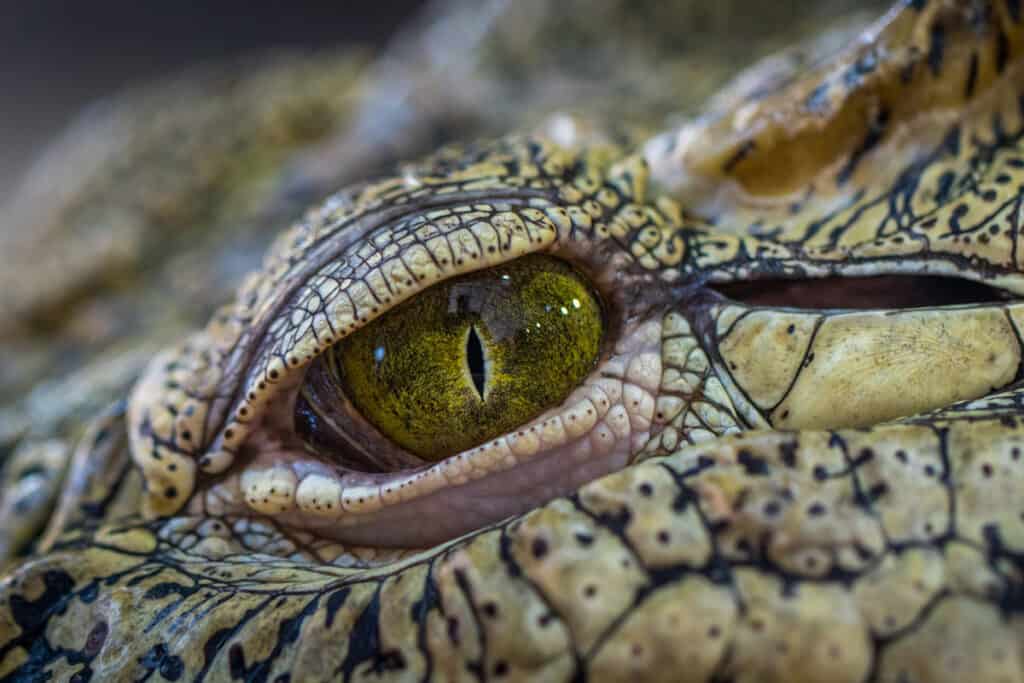
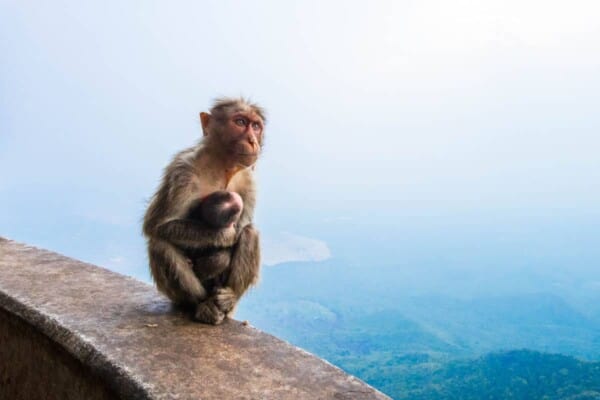

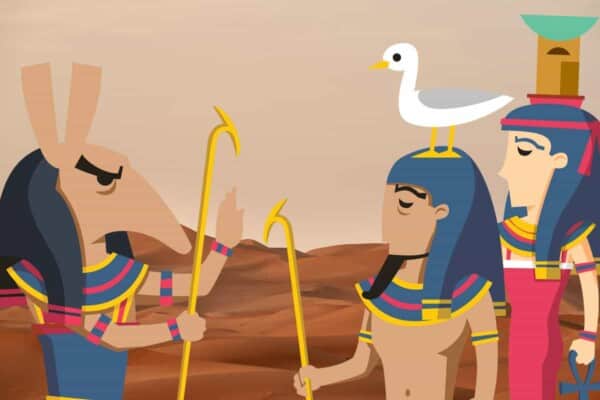
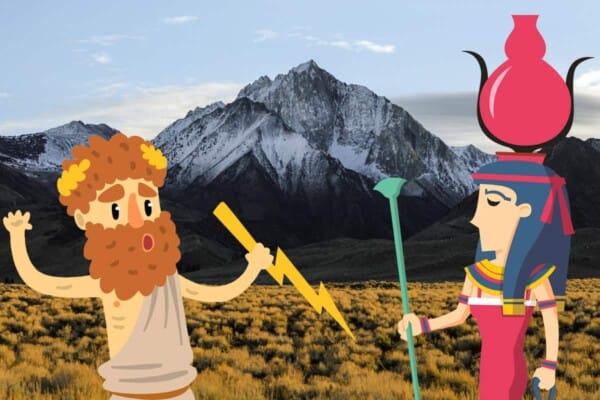
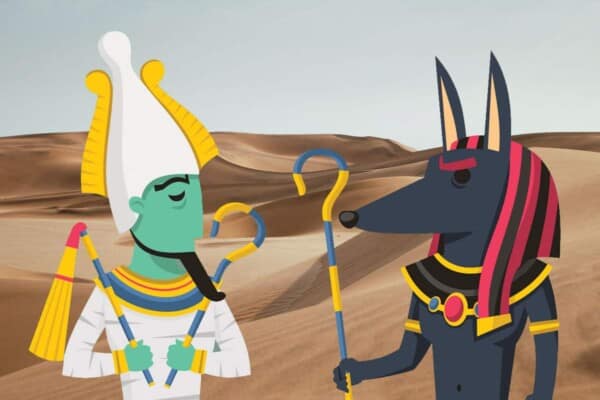
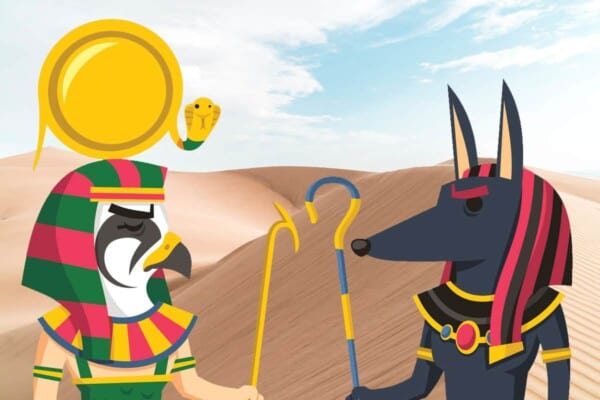
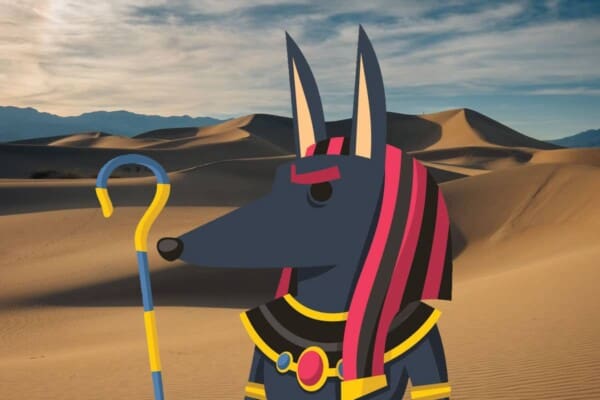
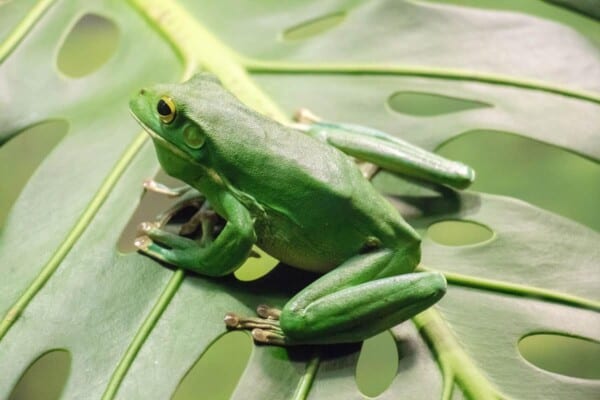
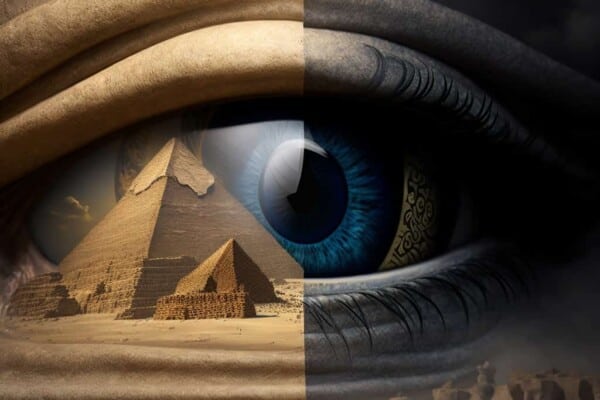
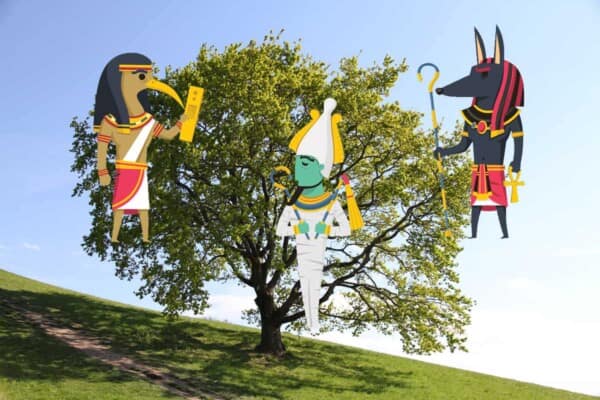
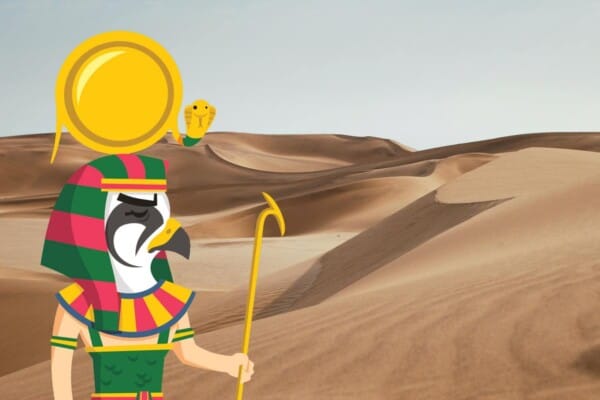
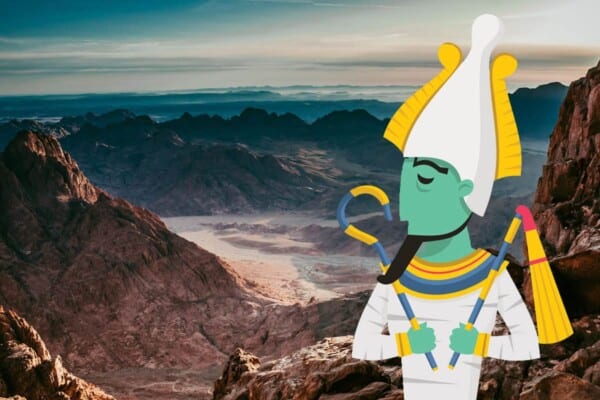
You’re simply wrong re Set and Evil.
There was NO DUALITY in Egyptian mythology UNTIL Duality (good/evil) was INTRODUCED by the invading Coptics, an idea they brought with them thanks to their Christian dogma.
In fact, Set SAVED ALL OF EGYPT AND ALL OF HIS FELLOW GODS when the sht really hit the fan and only he could, because only he understood the true nature of chaos.
PRAYING TO SET was NOT evil.
We’re you a ship captain? Want to arrive safe and sound? You had better make offerings to Set then, to keep chaos at bay.
Thanks for you response.